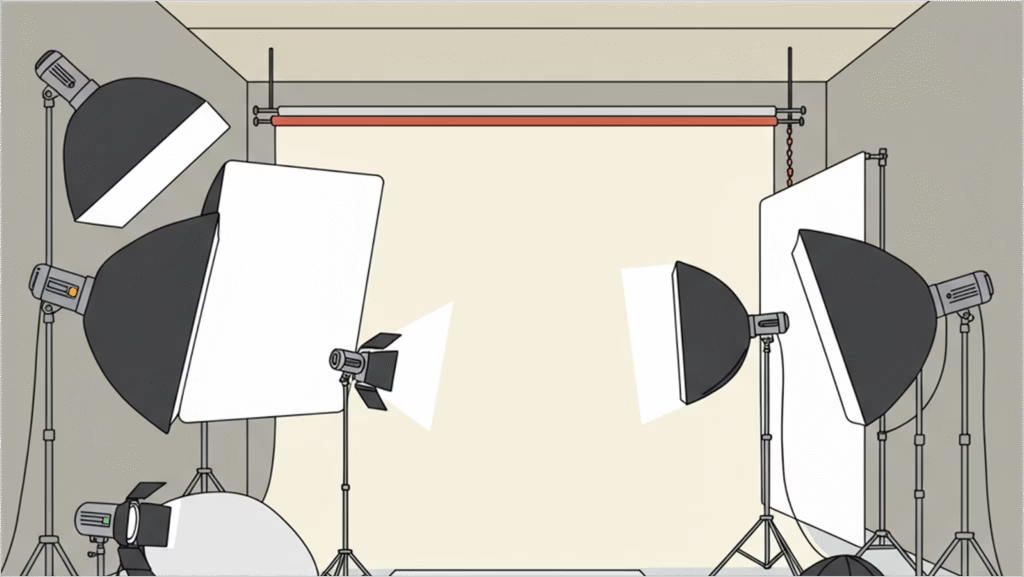You placed the order. You got the confirmation. Then came the tracking number — your tiny, hopeful window into the life of your package. But days later, all it says is “in transit.” Somewhere. Somehow.
Welcome to the void of vague delivery tracking, a modern frustration that’s become as common as online shopping itself.
While e-commerce has exploded, with Americans receiving more packages than ever before, the parcel tracking information we rely on has barely kept up. In fact, it’s often delayed, confusing, or downright useless. And if you’ve ever stared at a tracking page wondering if your new sneakers were lost at sea or chilling in a warehouse two blocks away, you’re not alone. Here’s a new way to use your tracking number and extract the complete information out of it.
The Tracking Illusion
Here’s the dirty little secret: most tracking numbers don’t give you the whole picture. They might not even give you half.
That’s because retailers — especially international ones — often hand off packages between multiple carriers during delivery. That flashy tracking link you got in your email? It may only show updates from the first courier, even if the package has switched hands three times since.
“It’s a black hole,” said one frustrated shopper in a Reddit thread filled with delivery woes and sometimes weird tracking statuses. “My tracking says ‘shipped’ for two weeks. Then suddenly: ‘delivered.’ No details, nothing in between. It was like teleportation.”
The worst part? Sometimes the package wasn’t delivered at all. Just marked that way. Which leads to endless calls to customer service, often with the same robotic response: “Please allow a few more days.”
Why the System’s Broken
There are a few reasons tracking info is so hit-or-miss.
First, many sellers use bulk shipping or cheap international carriers that aren’t integrated with major domestic networks. When those packages arrive in the U.S., they’re handed off — often to USPS or another last-mile service — and that’s where the trail goes cold.
Second, automated tracking updates aren’t always real-time. Some systems only scan packages once a day. Others may not scan at all between major hubs.
And finally, some tracking numbers are simply recycled or mislinked, especially with third-party sellers operating on marketplaces like Amazon or Temu. The result? You’re chasing a ghost.
How to Track Smarter
So what can you do besides hitting refresh 37 times a day?
Start by not relying solely on the tracking link in your confirmation email — especially if it takes you to a single courier’s site. Instead, copy your tracking number and plug it into a universal tracking site that can pull info from multiple carriers.
These tools scan hundreds of couriers globally and combine updates into a single timeline. You won’t always get faster shipping, but you’ll get clearer visibility into where your package actually is.
One example is Ordertracker, which works with thousands of courier systems worldwide. If your item passed from an obscure Chinese logistics firm to USPS in Des Moines, you’ll probably see both handoffs there — something your original tracking page may never reveal.
Even better, these tools can help you spot delays earlier, allowing you to file claims or reach out to support before it’s too late.
Tracking Etiquette in 2025
In the age of instant gratification, our patience is shorter than ever. But it’s worth remembering that shipping isn’t magic — it’s a chaotic ballet of warehouses, customs checks, and overworked drivers.
Still, the system should work better than it does. And until it does, your best move is to arm yourself with the right tools — and a healthy dose of skepticism.
Keep your tracking numbers. Cross-check on multiple platforms. And don’t assume “in transit” means anything helpful without context.
Because while your package might be halfway around the world — or sitting quietly in a truck outside your building — the truth is, you’ll never know unless you dig for it.





